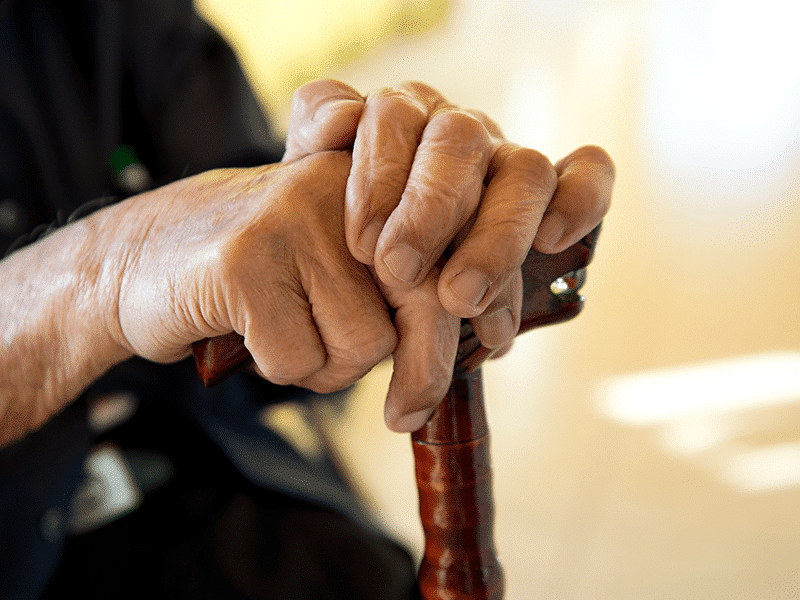Recreational cannabis legalization is associated with reductions in prescription drug use. Enrollment in state-level medical cannabis programs increased more than four-fold between 2016 and 2020. According to a 2019 survey, more than a quarter of U.S. respondents had used CBD-only products in the previous year. And in the U.K., most medical cannabis patients feel that healthcare professionals and society in general don’t approve of their prescription.
These are among the notable findings of a spate of recent studies investigating the use and perceptions of cannabis in the U.S., Canada, and the U.K. Together they provide an illuminating snapshot of the current moment, one in which cannabis is more common and accepted in these countries than ever before, but at the same time still stigmatized, and often poorly understood. They also highlight current trends in product preferences and labeling practices sure to evolve with this rapidly expanding industry.
Recreational Cannabis Up, Prescription Drugs Down
Multiple studies over the past five or so years have shown that access to medical marijuana is associated with reductions in the prescriptions for opioids and other drugs.1-4 But less is known about the association with recreational cannabis laws. In a July 2022 article in the journal Health Economics,5 Indiana University doctoral student Ashley Bradford – who coauthored (along with her father, University of Georgia professor W. David Bradford) three of these studies – and Cornell University doctoral student Shyam Raman analyzed quarterly data on U.S. Medicaid prescriptions from 2011 to 2019.
Sure enough, they saw “significant reductions in the volume of prescriptions within the drug classes that align with the medical indications for pain, depression, anxiety, sleep, psychosis, and seizures,” and conclude that permitting recreational cannabis use can lead to potential cost savings for state Medicaid programs.
Medical Cannabis Use Expanding, But Stigma Remains
Two other recent studies offer insights into the state of medical cannabis in the U.S. and U.K. The first, appearing in the journal Annals of Internal Medicine in June 2022,6 finds that total enrolled patients in state-level medical cannabis programs for which data was available (26 out of 37 states) increased nearly 4.5-fold between 2016 and 2020. Unsurprisingly, much of this growth was concentrated in states without recreational legalization – most dramatically Oklahoma, which voted to legalize medical cannabis in 2018 and by 2020 had 927 patients per 10,000 residents. In five of the seven states that permitted recreational use and reported data during this timeframe, medical cannabis patient populations declined, presumably because a medical license, which often requires a fee, was no longer required.
Meanwhile in the U.K., where cannabis-based medicinal products are also being prescribed with increasing frequency, a study published in June in the International Journal of Environmental Research and Public Health7 reports that patients still don’t feel entirely comfortable about their use – or, at the very least, worry that others don’t accept it. Among 450 patients who responded to a survey, just 38% thought that healthcare professionals were approving of their prescription, and 33% thought that society in general approved. Furthermore, 57% were afraid of how the police or criminal justice system viewed their prescription, and 55% feared disapproval from other public agencies.
Flower Still Rules, Except Among High-CBD Products
Dried flower remains by far the most commonly used cannabis product across the United States and Canada, but it’s slowly losing ground to more processed forms – especially where cannabis use is legal. According to findings from online surveys conducted by the International Cannabis Policy Study (published in the June 2022 issue of Annals of Internal Medicine8), between 2018 and 2020 prevalence of flower use among past-year cannabis consumers declined from 81% to 73% in Canada, 78% to 72% in U.S. legal states, and 81% to 76% in U.S. illegal states. By contrast, prevalence of past-year use increased for virtually all other product forms – including edibles and vape oils, the most commonly used products after flower.
Meanwhile, another paper by some of the same authors, drawing from the International Cannabis Policy Study’s 2019 survey in particular, found that more than a quarter of U.S. respondents had used CBD products in the last year (26.1% of 30,288 respondents), compared to just 16.2% of 15,042 Canadian respondents. Published in the June 2022 issue of Cannabis and Cannabinoid Research,9 the results indicate that oils and drops were by far the most popular product type in both countries, used by about half of consumers, followed by topicals, edibles, vape oils, and capsules, used by roughly 15-25% of CBD consumers, and dried flower, used by about 10% of CBD consumers in the United States and 16% in Canada.
Poor Labeling & Knowledge
Two final studies point to an area ripe for future growth in both the recreational cannabis industry and the medical cannabis field: product labeling and consumer knowledge.
The first, appearing in Frontiers in Pharmacology in June 2022,10 includes an analysis of THC:CBD ratios listed on 8,500 products posted online by 653 dispensaries in nine U.S. states. The authors, based at the University of Wake Forest School of Medicine, report that nearly 60% of products lacked any information at all about CBD content. They conclude more broadly that recreational and medical programs alike fail to adequately contextualize the relevance and potential therapeutic uses of different THC:CBD ratios.
Given this, the findings of our final paper aren’t the least bit surprising. According to a study out of the University of Waterloo, Canada, published in Cannabis and Cannabinoid Research in June11 – and again drawing on data from the International Cannabis Policy Study – cannabis consumers in pre-legalization Canada and legal and illegal U.S. states alike have generally poor knowledge of THC and CBD levels in products they use.
“Despite some evidence of greater knowledge in legal jurisdictions, knowledge was still low in states with legal cannabis markets,” the authors write. “Even among consumers who reported knowing THC and CBD levels, many reported implausible values. … There is a need for greater consumer education regarding cannabinoid levels, particularly given the increasing diversity of cannabis products and consumer difficulties in effectively titrating the THC dosage.”
Nate Seltenrich, Project CBD contributing writer, is the author of the column Bridging the Gap. An independent science journalist based in the San Francisco Bay Area, he covers a wide range of subjects, including environmental health, neuroscience, and pharmacology. © Copyright, Project CBD. May not be reprinted without permission.
Footnotes
- https://www.healthaffairs.org/doi/10.1377/hlthaff.2016.1135
- https://jamanetwork.com/journals/jamainternalmedicine/fullarticle/2676999
- https://onlinelibrary.wiley.com/doi/10.1111/add.14382
- https://www.healthaffairs.org/doi/10.1377/hlthaff.2015.1661
- https://pubmed.ncbi.nlm.nih.gov/35429072/
- https://pubmed.ncbi.nlm.nih.gov/35696691/
- https://www.ncbi.nlm.nih.gov/pmc/articles/PMC9223559/
- https://www.acpjournals.org/doi/10.7326/M22-0217
- https://www.liebertpub.com/doi/10.1089/can.2020.0093
- https://www.ncbi.nlm.nih.gov/pmc/articles/PMC9207456/
- https://www.liebertpub.com/doi/10.1089/can.2020.0092
Recommended Readings
2019 Project CBD Survey Results
Project CBD releases the results of one of the most extensive CBD user surveys to date.
Why Do Seniors Use Cannabis?
Nearly 90% of people over 61 cite pain as a major motivation for cannabis use.









